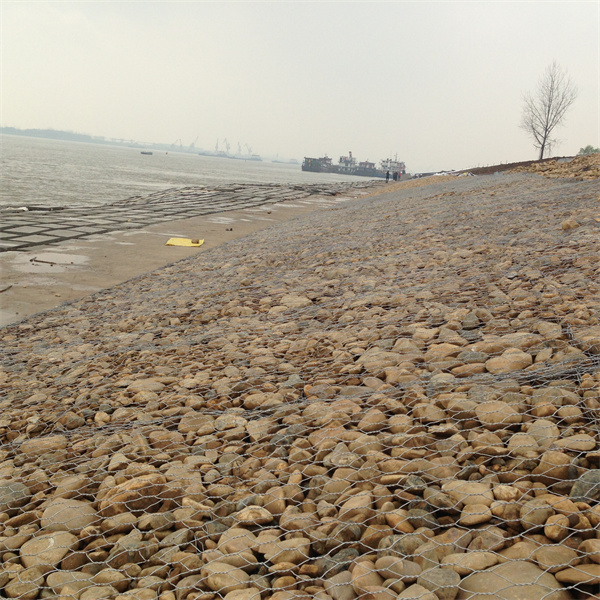Aug . 18, 2024 01:16 Back to list
Explore Various Sizes of Gabion Mesh Available for Purchase Online Today
Understanding Gabion Mesh Sizes A Comprehensive Guide
Gabion structures have surged in popularity in landscaping, civil engineering, and erosion control due to their eco-friendly nature and aesthetic versatility. A critical component of these structures is the gabion mesh, which comes in various sizes and types, affecting both functionality and appearance. Whether you're considering a gabion wall, fence, or decorative feature, understanding the sizes of gabion mesh is crucial for making informed purchasing decisions.
What is Gabion Mesh?
Gabion mesh is a wire mesh material used to create cages or compartments that are filled with stones, rock, or other materials to form a strong and durable structure. Typically made from galvanized steel or PVC-coated wire, gabion mesh is designed to withstand environmental elements, making it ideal for various outdoor applications.
Common Gabion Mesh Sizes
Gabion mesh sizes can vary based on the specific use case. The most common mesh sizes are 2 inches by 2 inches, 3 inches by 3 inches, and 4 inches by 4 inches. Each size serves different purposes
1. 2x2 inch Mesh This size is often used for smaller stones and finer materials. It’s ideal for decorative applications or where the aesthetic appearance is a priority. The smaller openings also provide increased stability, reducing the likelihood of smaller rocks shifting.
2. 3x3 inch Mesh The 3x3 mesh size strikes a balance between structural integrity and aesthetic appeal. It is widely used in projects that require both stability and a moderately appealing finish. This size is popular in retaining walls and erosion control applications.
3. 4x4 inch Mesh This size is commonly used for larger stones and in projects where rapid drainage and airflow are necessary. Structures using this size are typically more robust but may require consideration of how it will align with the desired aesthetic.
buy gabion mesh sizes

Factors to Consider When Choosing Gabion Mesh Size
When selecting the appropriate gabion mesh size, several factors should be considered
- Purpose of the Structure What is the primary function of the gabion? Whether it’s for retaining soil, controlling erosion, or creating a decorative element, the mesh size will influence its effectiveness.
- Material Being Used The stones or materials you plan to fill the gabions with should impact your choice. Larger stones necessitate a larger mesh size, while smaller aggregates require a tighter mesh to maintain structural integrity.
- Environmental Conditions In areas prone to high winds or heavy rainfall, proper mesh size is essential for stabilization. Mesh that is either too large or too small can lead to inadequate support and potential collapse.
- Aesthetic Appeal If the gabion structure is intended for decorative purposes, the mesh size can influence the overall look. Smaller mesh sizes can create a neater appearance while larger sizes create a more rugged look.
Conclusion
Gabion mesh sizes play a pivotal role in the success of any gabion project. Understanding the differences in mesh dimensions and their implications can help you make an informed choice tailored to your specific requirements. Whether you are a homeowner embarking on a DIY project or a professional landscaper, considering all relevant factors will ensure your gabion structures stand the test of time while retaining their intended beauty and functionality. Remember, investing time in choosing the right gabion mesh size will pay off in the longevity and effectiveness of your project.
-
Why PVC Coated Gabion Mattress Is the Best Solution for Long-Term Erosion Control
NewsMay.23,2025
-
Gabion Wire Mesh: The Reinforced Solution for Modern Construction and Landscape Design
NewsMay.23,2025
-
Gabion Wall: The Flexible, Seismic-Resistant Solution for Modern Landscaping and Construction
NewsMay.23,2025
-
Gabion Wall Solutions: The Durable, Decorative, and Affordable Choice for Every Landscape
NewsMay.23,2025
-
Gabion Basket: The Durable and Flexible Alternative to Traditional Retaining Walls
NewsMay.23,2025
-
Gabion Basket: The Proven Solution for Slope Stability and Flood Control
NewsMay.23,2025
-
Versatility of Chain Link Fence Gabion
NewsMay.13,2025






